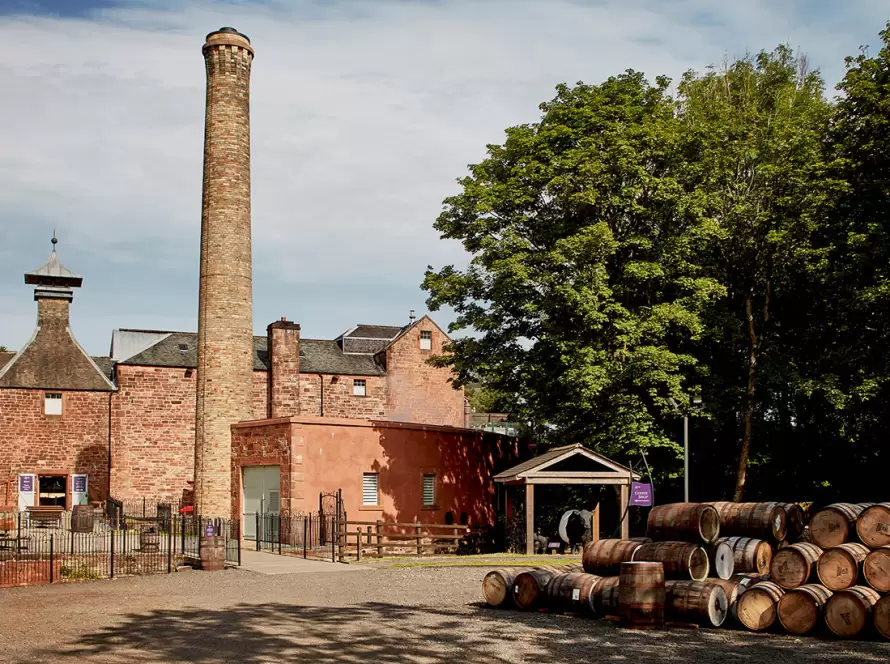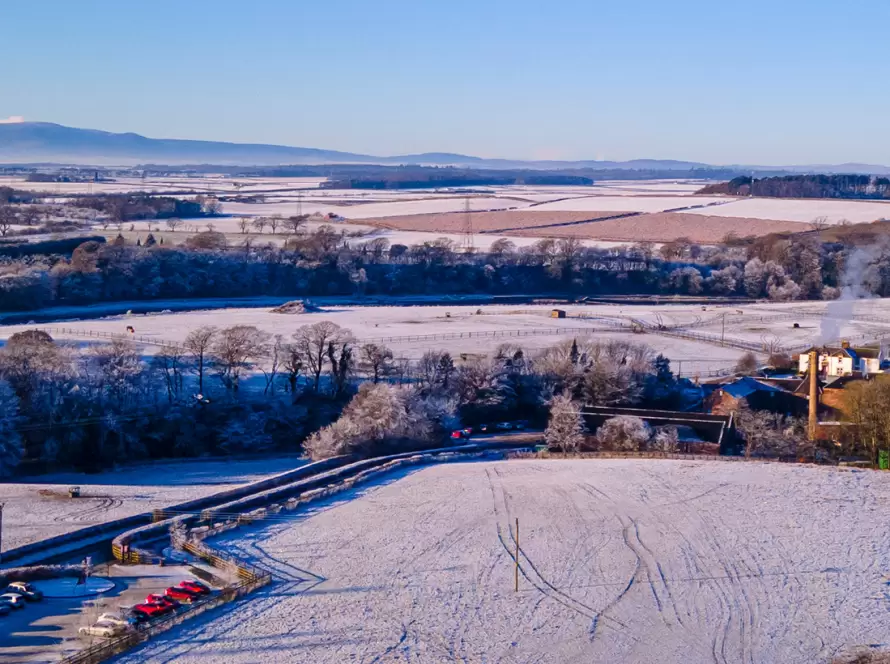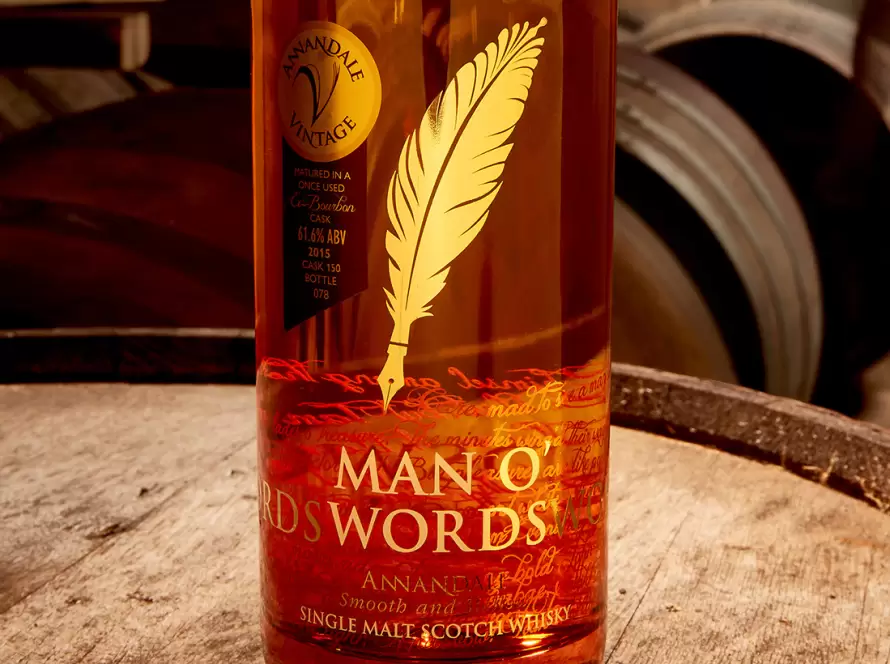Southern Scotland falls within the ‘Lowland’ whisky region of Scotland. According to various of the coffee table books on Scotch whisky, Lowland Single Malts are characteristically light in colour and dry in finish. This is apparently attributed to the nature of the barley used by Lowland distillers. What arrant nonsense! Most distillers source their malted barley from all over Scotland, depending on cost and availability. If barley regionality has ever played a part in determining the character of Lowland Single Malts (which is doubtful), it certainly doesn’t now. Colour has everything to do with the type of oak barrels used to mature the whisky and almost nothing to do with regional differences in barley.
Lowland malts are often described as having a sweet fruitiness (specifically citrus by some accounts). Being mellow in character, they apparently make a good aperitif and provide a readily accessible entry point for inexperienced whisky drinkers who wish to approach the Single Malt category (with caution). More piffle and poppycock! The truth of the matter is that the modern genre of Lowland Single Malts is a wishy washy aberration created by marketers hoping to build a plausible back story for regional provenance in Single Malts. Historically, malt whiskies from Southern Scotland would have been peated because of the abundance of peat for kilning barley. (Southern Scotland is very boggy!) In his wonderful ‘time capsule’ book… ‘The Whisky Distilleries of the United Kingdom’ published in 1887, Alfred Barnard makes specific reference to both Annandale and Bladnoch, the two principal distilleries of Southern Scotland, using peat for kilning!
The simple truth is that any regional differences that may exist within Single Malt Scotch whisky category are more a matter of design than genuine ‘terroir’, although it is acknowledged that differences in the climates of Islay (mild, windy and rain-lashed Islay) versus Speyside (drier and colder in the Winter), for example, could influence the rate and nature of maturation






